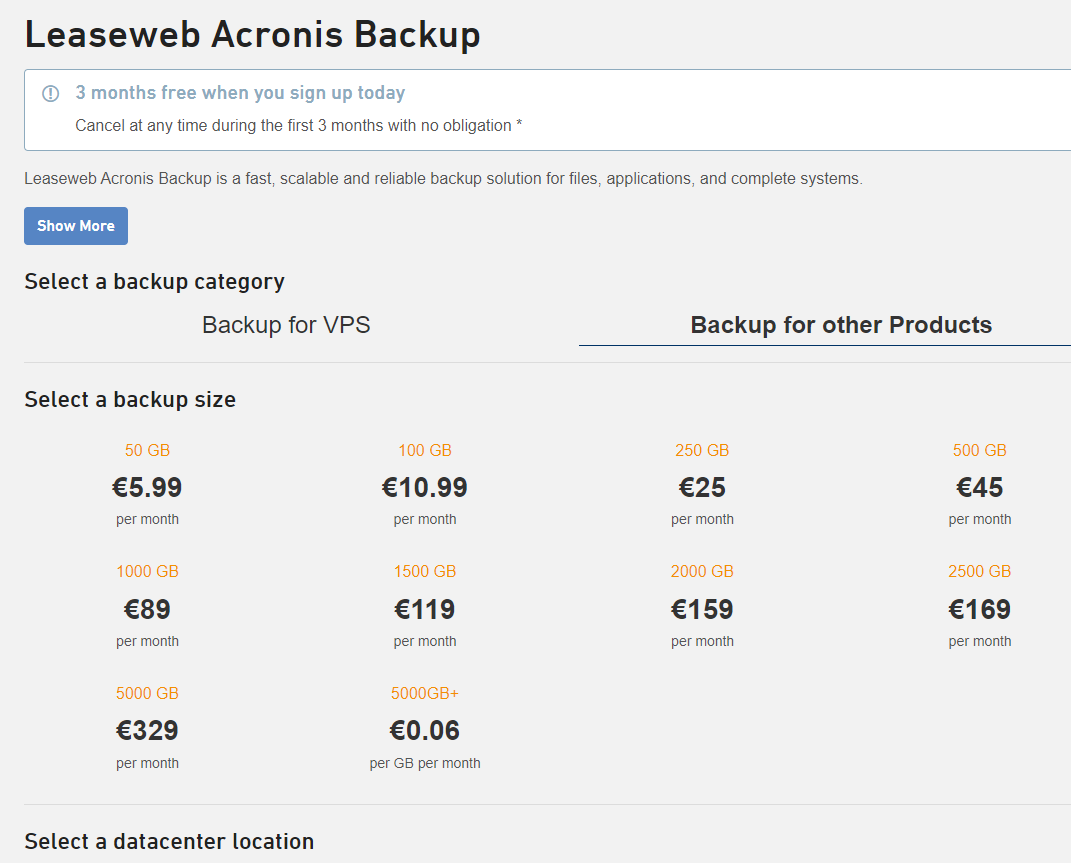


- Configuring data backup solution install#
- Configuring data backup solution update#
- Configuring data backup solution archive#
Maintain a view of all backups and backup activity logs to facilitate auditing and compliance.Use tags to apply backup policies to data.Set up schedules (i.e., backup start time, frequency, and window(s)) for backup, by creating customized backup schedules, or choosing from predefined backup schedules.Enforce data access controls on all backed-up data according to established user privileges.Encrypt backed-up data at rest and in transit.
Configuring data backup solution update#
Create, apply, and update automated backup policies to meet internal and regulatory compliance requirements. Configure lifecycle policies that automatically transition backups from archival storage according to a defined schedule. Automate the execution of backup retention and expiration policies. The 3-2-1 backup strategy ensures multiple copies of data are backed up and retained. Depending upon the organization’s size and assets, data backup testing could be more frequent.Īdd extra layers of redundancy for data backups by using a 3-2-1 data backup strategy. Perform Regular Tests of Backups and Recoveryĭata backup tests should be performed periodically-at least on an annual or semi-annual basis. Other backups may be performed on a periodic basis-daily, nightly, or weekly. Some data may be backed up on an ongoing basis. Make Backups Frequently and Regularlyĭata backups should be performed regularly, although the frequency may not be the same for all data. In addition to the security of backup locations (i.e., cloud, physical), encrypting the files provides additional data protection. These should cover an explanation of goals and strategies, specifics about what tools and processes are used, roles and responsibilities, backup timing, and retention schedules. For instance, keep hourly and daily backups for a week, weekly backups for a month, and monthly backups for a few months or even for years, based on company requirements.īackup policies should be clearly documented. Retention schedules should map to backup schedules. Backing up the home directoryīecause the Jira home directory contains key runtime data that determines the way Jira works and the information it displays, it’s crucial that you keep an up-to-date backup of its contents.For data governance and storage expenses, retention times should be established for data backups. If you perform an XML backup (for example, when upgrading Jira applications or migrating them to another server), you can use one of the methods described on this page to prevent users from accessing Jira applications and minimize inconsistencies in the backup file. Preventing user access during XML database backups You can add additional backup services that run on different schedules, update existing service configurations, or disable automatic backups. Configuring data backup solution archive#
The backup service generates a complete XML snapshot of database contents and saves it inside a compressed ZIP archive into the predefined export subdirectory of the Jira home directory.
Configuring data backup solution install#
When you install Jira and complete the run the setup wizard, an database backup service will run automatically every 12 hours by default.

To keep that data safe, use one of the methods described on this page to back up the database. Jira stores its application data (such as issues, change history, or project information) in the database you connected during installation. Raising support requests as an administrator.Configuring security in the external environment.Running Jira applications over SSL or HTTPS.Securing Jira applications with Apache HTTP Server.Integrating Jira applications with a Web server.Finding your Jira application Support Entitlement Number (SEN).Viewing Jira application instrumentation statistics.Monitor your instance with Jira diagnostics plugin.Moderating user group activity with Safeguards.Using robots.txt to hide from search engines.







 0 kommentar(er)
0 kommentar(er)
